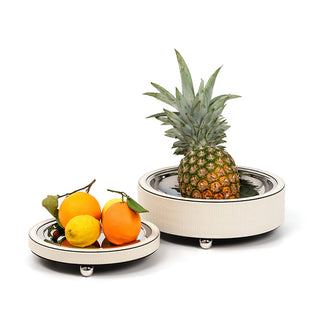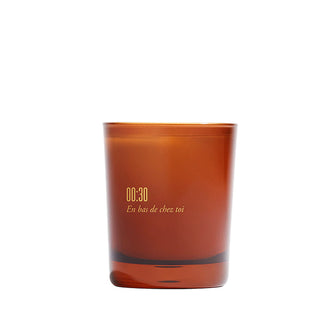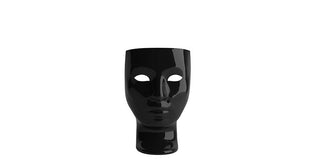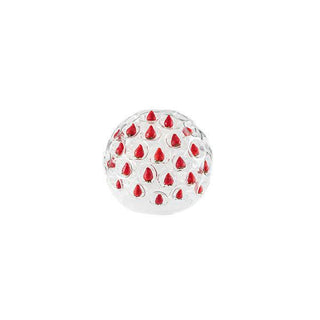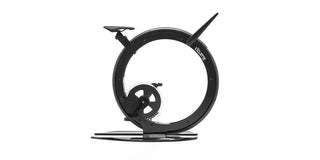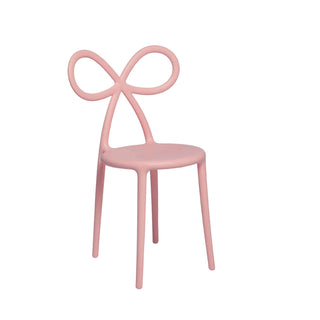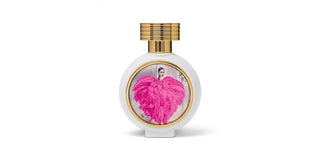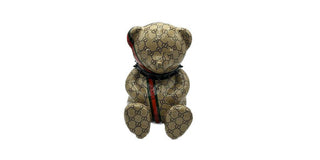DANIELE FORTUNA
Daniele Fortuna the new skilled Italian artist in painted wood sculptures: classic and contemporary in a never banal mix.
Daniele Fortuna was born in Milan in 1981, since his early teenage, thanks to his passion for art, visited artist studios and art galleries among the most important of the city. He studied at the IED (European Institute of Design) in Milan, cultivating a strong interest in art and design.
He then moved to study and work in Ireland, in the southeast, near Dublin. There he worked in a lighting studio, where his interest in wood, the material that will be the foundation of his sculptures, was born. From the technique of carving, wood could in fact be composed in different shapes and patterns allowing the artist to give plastic shape to his ideas.
After finishing his studies in Ireland, he returned to Italy and began to create his first works. His art began to take shape and he created his first works in wood, paintings formed by wooden pieces shaped, coloured and then assembled like parts of a puzzle. Later he will move on to three-dimensional compositions, at first subjects from the animal world and then icons of the classical Greek-Roman combined with colours and traits of contemporary Pop.
SCULPTURE AND COLOUR IN DANIELE FORTUNA ARTWORKS
From his parents' collection of paintings, Daniele Fortuna began to admire the materials they were made of and their proportions. He began to imagine the story behind those paintings and what had led the artist to their creation. Thus, an attraction was born for those objects, for their shapes and colours: the artist was attracted by De Chirico's timelessness, Sassu's inflamed red and Fontana's gestures.
Daniele Fortuna's sculptures are made of wood painted with acrylic paint, thus combining the plastic, material feature of wood with colour, a key element of the artist's aesthetic. Hence the word "culmination", a neologism that refers to the chromatic contamination of classical busts that occurs in his art. The word comes from "domination", a strong term, but combined with colour that renews its meaning.
And the colours that dominate range from pastel tones to fluorescent, metallic and even glittering shades; even works that at first glance seem white sometimes hide multi-coloured chasms.
WOOD: A "LIVING" MATERIAL
Using the artist's own words:
"Wood was a material that I already felt was mine. I find it a 'warm' material because, when you touch it, you feel that it has that kind of porosity even though I paint it. And this being 'warm' represents me because I am a very convivial person, a person of companionship. Wood, then, is also alive because it expands and shrinks, it really has a life of its own."
But even though wood is his favourite material, Daniele Fortuna has also experimented with plexiglass, mirrors and concrete, combining art with his studies as a designer.
A BRIDGE BETWEEN CLASSICAL AND CONTEMPORARY POP
Fortuna's sculptures have as their starting point classical subjects, Greco-Roman busts that are recreated in wood, with a technique that juxtaposes several staggered levels, almost recalling a digital reproduction.
In addition, a wide range of pop and contemporary iconography invades the works, drawing from the works of big names, such as Maurizio Cattelan and Takashi Murakami, to the logos of famous fashion designers; from world-famous brands to characters from cartoons, comics and films; from famous people, such as Albert Einstein, to references to the world of music, in particular, that of Queen.
Combining bright and pop colours with classical shapes, he creates a bridge between past and present, bringing classic subjects back to their original form. Originally, in fact, the very statues of classicism were coloured but, for centuries, were mistakenly believed to be white due to the deterioration of the original pigments. In a way, Daniele Fortuna implements a return to the past through contemporaneity.
"If you look at the whole history of art, there has always been a remaking of something that already existed before; and so, instead of looking for absolute originality, in my opinion we need to focus on what we have (also because anyway the cultural background we have is fantastic and it is to be paid homage to) and make it more contemporary by updating it."
Sorry, there are no products in this collection
Return home

